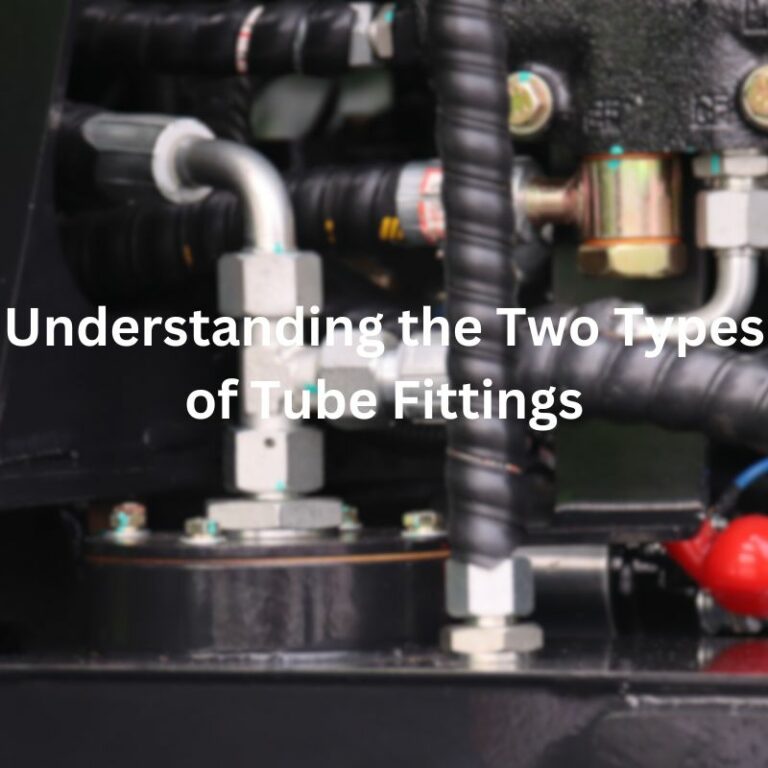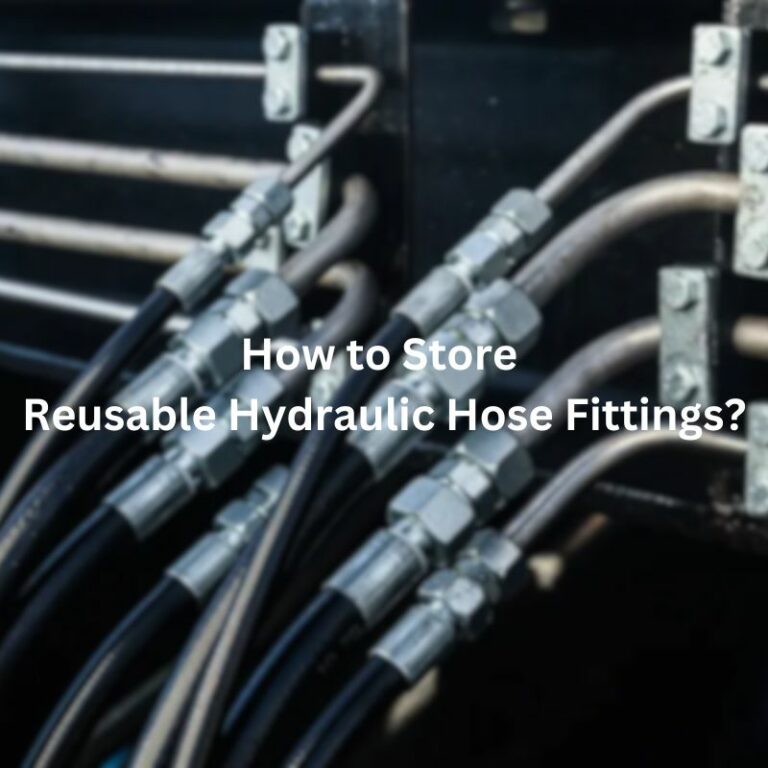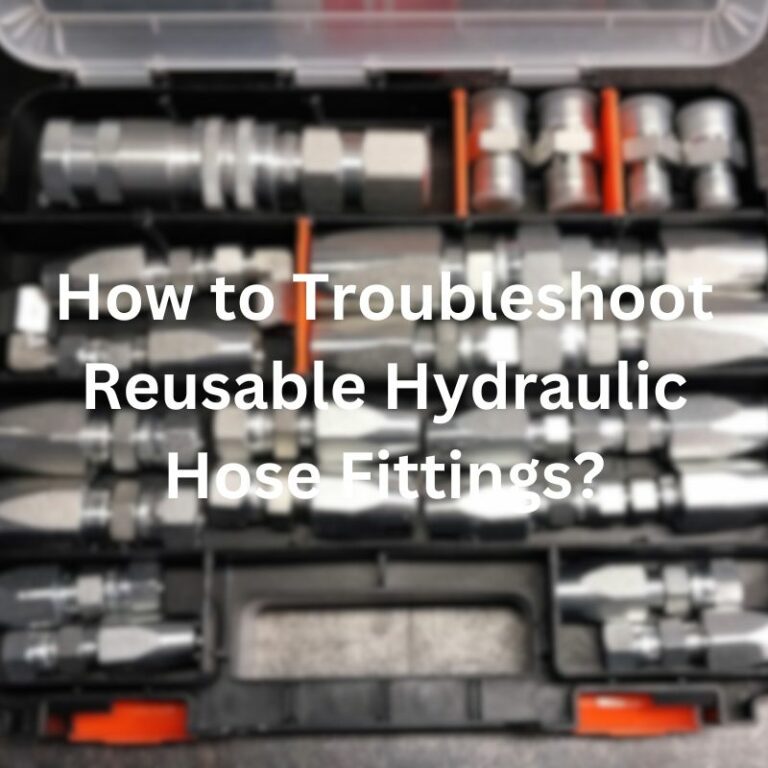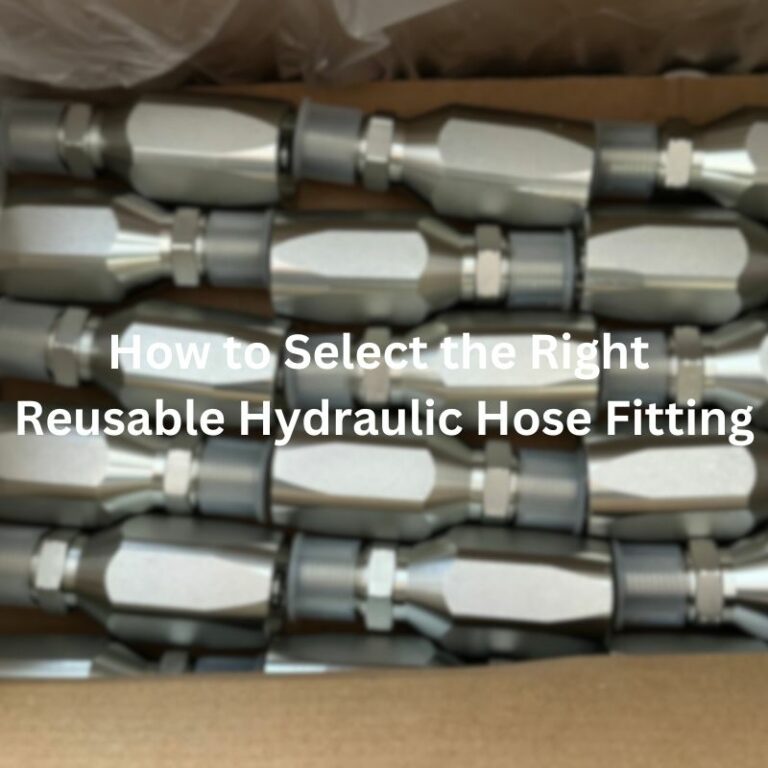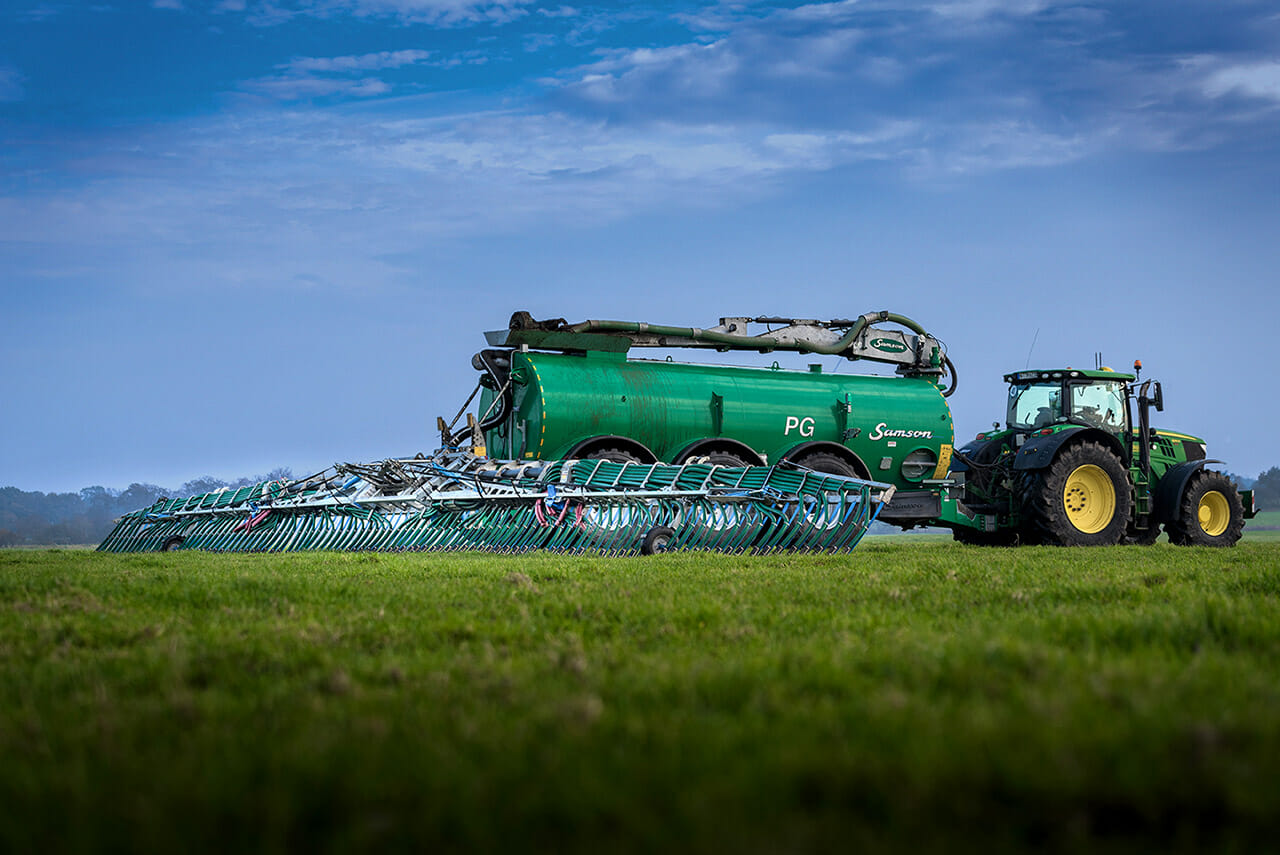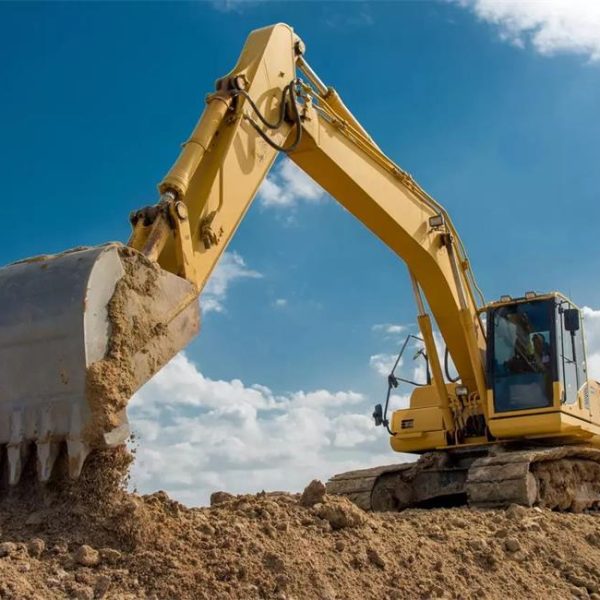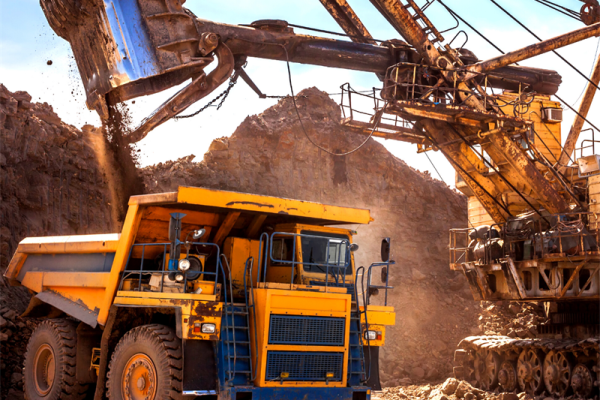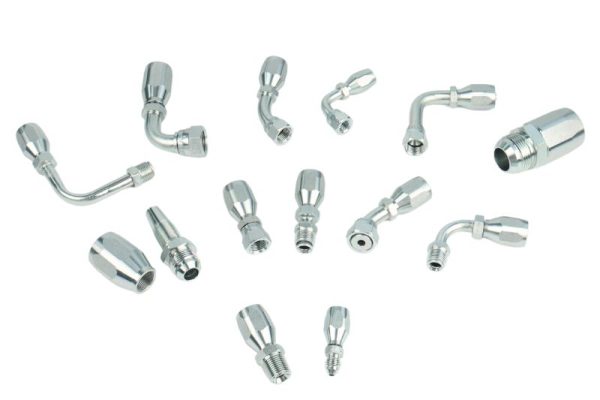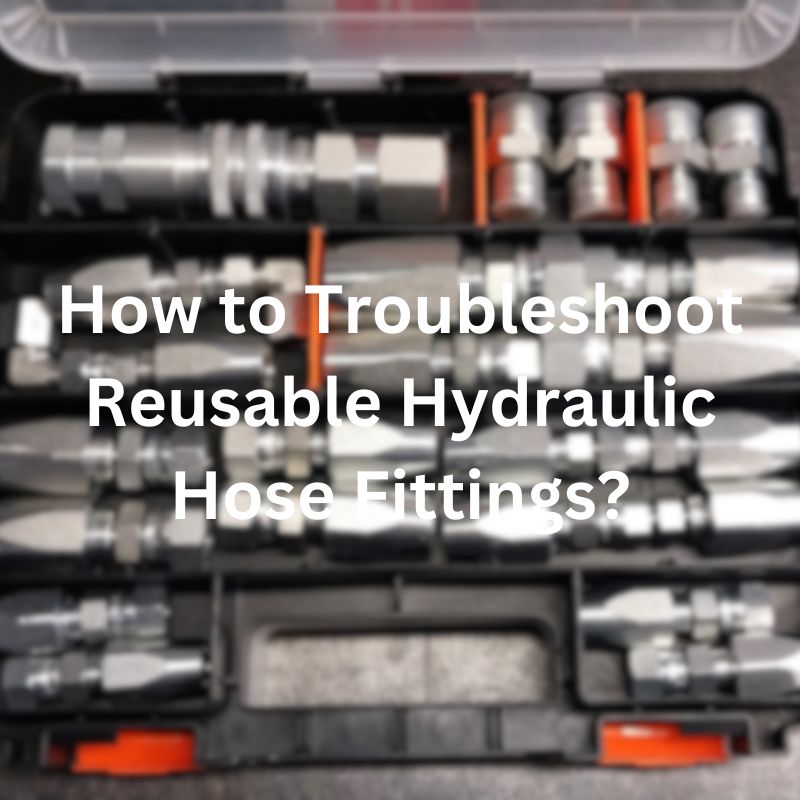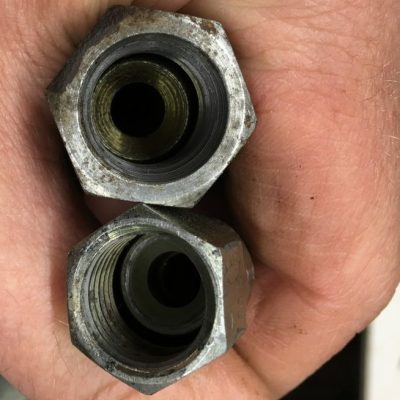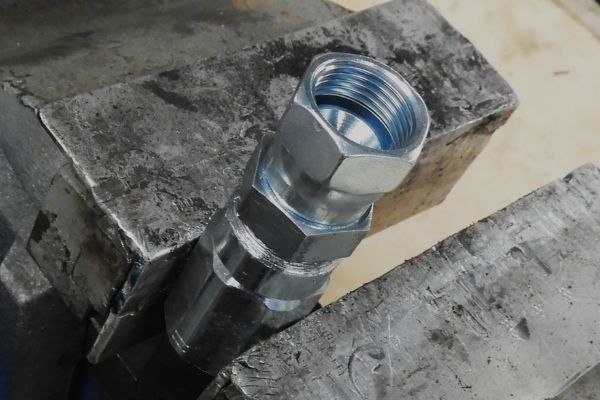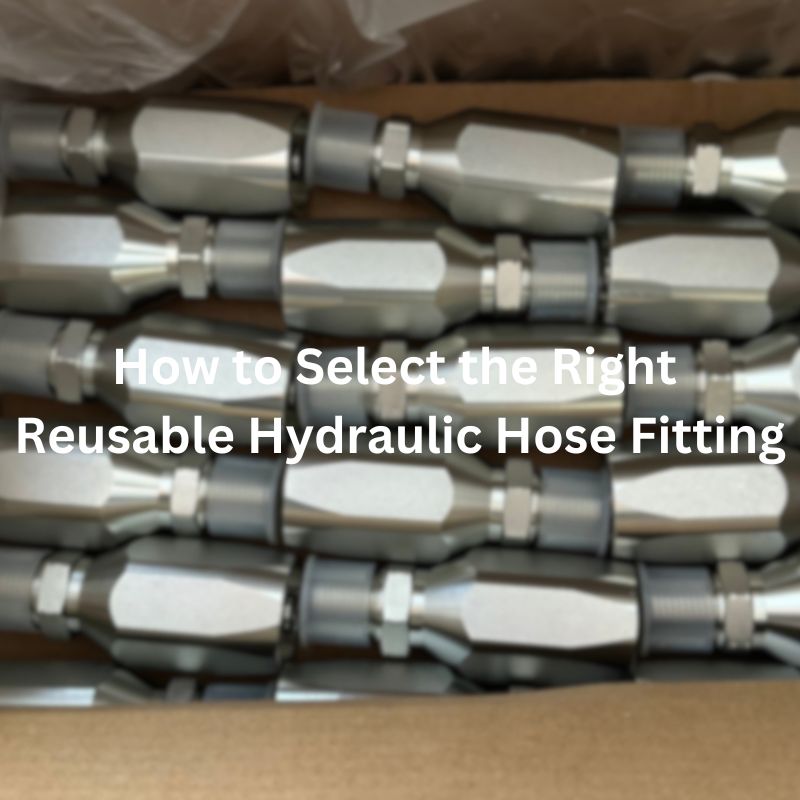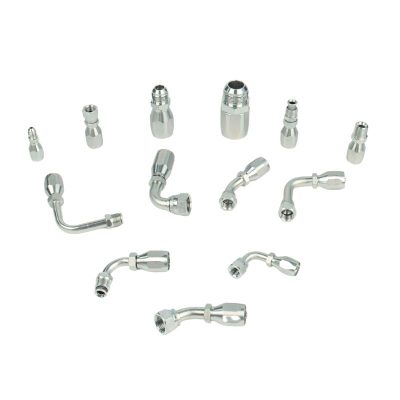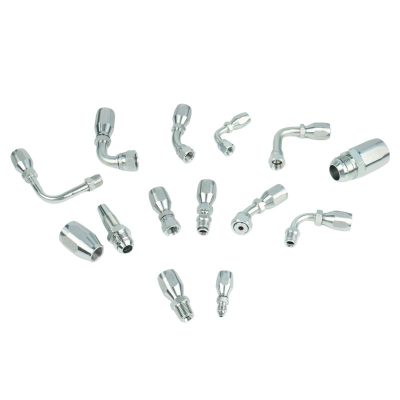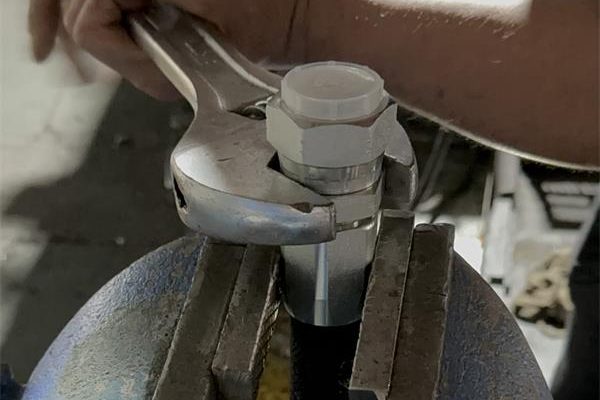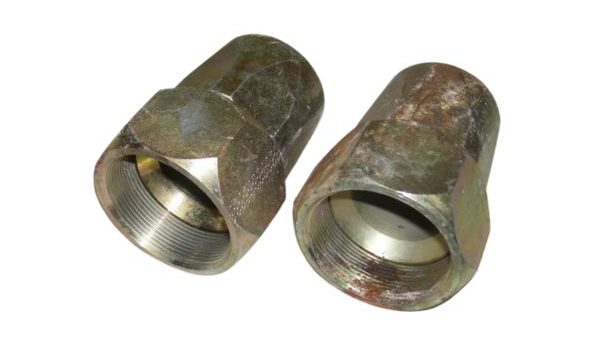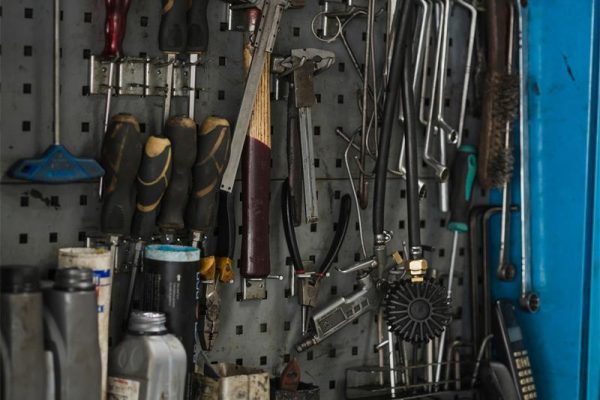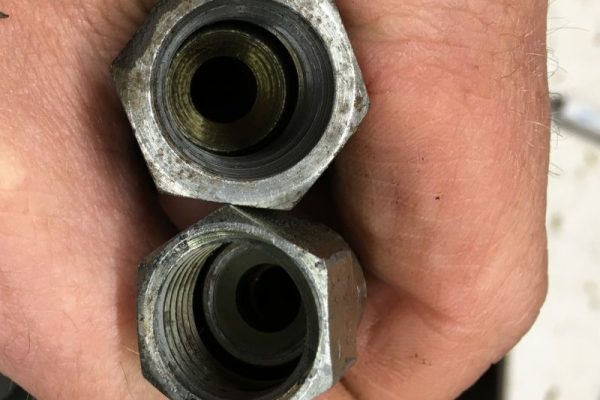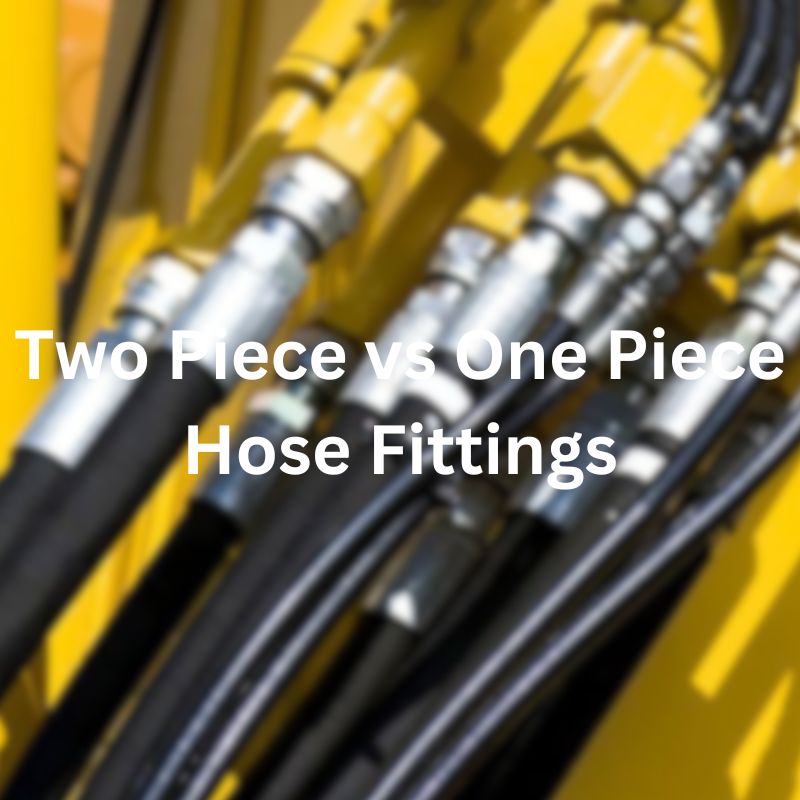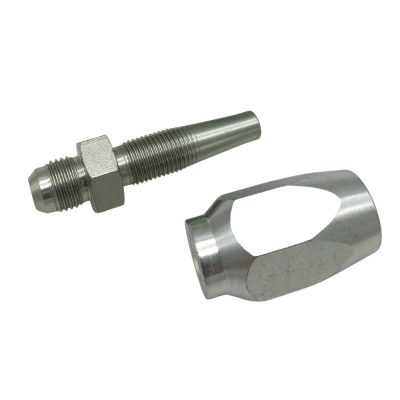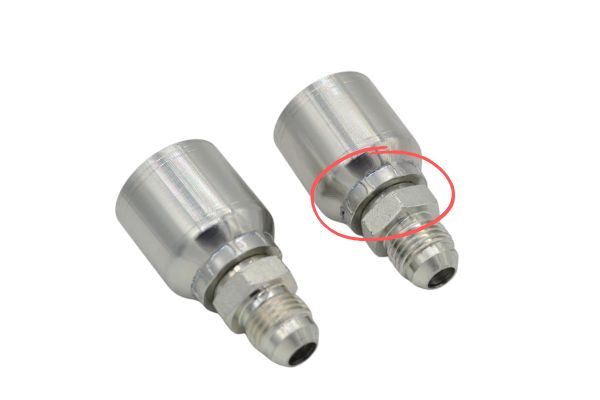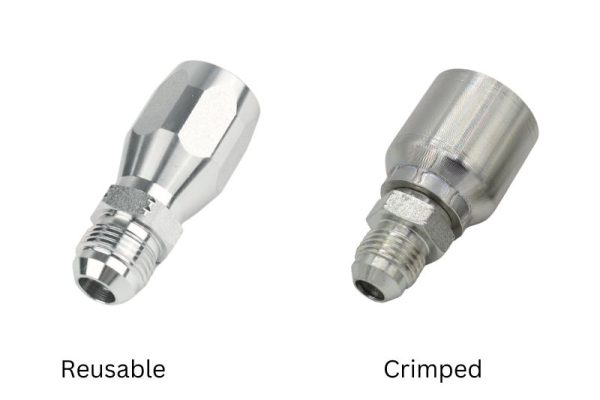How to Store Reusable Hydraulic Hose Fittings?
Introduction
Storing hydraulic hose fittings properly is crucial for maintaining their integrity and extending their lifespan. This guide delves into the best practices for storing reusable hydraulic hose fittings, ensuring they remain in optimal condition for future use. Whether you’re working in agriculture, manufacturing, or automotive industries, understanding how to store these fittings can save you time and money.
How to Store Reusable Hydraulic Fittings
To store reusable hose fittings properly, begin by inspecting each fitting for wear or damage, and clean them thoroughly to remove any debris or hydraulic fluid residue. After inspection and cleaning, address any necessary repairs to ensure the fittings are in optimal condition for storage. Once prepared, store the fittings in a cool, dry, and clean environment to prevent corrosion or degradation. Utilize effective storage methods such as shelving, bin systems, or protective coverings to organize and protect the fittings from dust and moisture. By following these steps, you can ensure that your reusable hydraulic fittings remain in top condition and ready for use when needed.
Pre-Storage Considerations
Before placing reusable fittings into storage, it’s essential to prepare them properly to ensure their longevity and functionality. Here’s a detailed look at each pre-storage step that should be taken:
Inspection for Wear and Damage
Visual Inspection
Start by conducting a thorough visual inspection of each reusable hydraulic hose fitting. This process involves carefully examining the exterior of each fitting for visible signs of wear or damage. Look specifically for:
Cracks: Small cracks can develop into larger fractures under the pressure of hydraulic operations, leading to failures. Even minor cracks should be considered serious.
Deformations: Any bending, warping, or changes in shape can affect the fitting’s ability to seal properly, potentially leading to leaks or blowouts.
Corrosion: Check for any signs of rust or other corrosion, which weakens the fitting over time and can compromise the metal’s integrity.
Abrasion: Look for areas where the fitting may have been excessively worn down by friction. This is common in areas where fittings contact other parts or pass-through environments with particulate matter.
Surface Flaws: Identify any scratches, gouges, or other surface defects that might impair the fitting’s functionality or lead to premature failure.
Functionality Check
Once a thorough visual inspection is completed, proceed to assess the functionality of the fittings, particularly those with movable or mechanical parts such as threads and couplings:
Thread Integrity: Carefully examine the threads on each fitting. Threads should be sharp and well-defined with no signs of stripping or cross-threading. Damaged threads can lead to improper installation, which in turn can cause leaks or detachment under pressure.
Ease of Assembly: Test the ease with which the fittings can be screwed together and taken apart. This not only checks for thread issues but also ensures that no internal damages are hindering the assembly. Fittings should assemble smoothly without undue force, which could indicate internal misalignment or damage.
Moving Parts: For fittings with any form of moving parts, verify that these components move freely without resistance or grittiness. Stiffness or sticking in moving parts can be a sign of internal wear or inadequate lubrication.
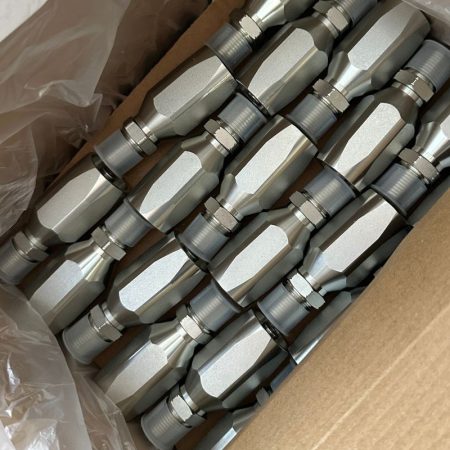
Seal Inspection: Check any seals or O-rings associated with the fittings. They should be intact, free of cracks, and still pliable. Hardened or cracked seals can compromise the hydraulic system’s integrity by allowing leaks.
Cleaning Procedures
Removing Residue
Proper cleaning of hydraulic hose fittings is crucial for preventing corrosion and ensuring the longevity of the equipment. Here’s how to effectively remove residue:
Selection of Cleaning Agents: Choose cleaning agents that are specifically designed for the type of material your hydraulic fittings are made from. For example, use non-corrosive cleaners for metals susceptible to rust, such as certain grades of steel, to avoid damaging the fittings.
Application Technique: Apply the cleaner using a soft brush or a clean, lint-free cloth. This helps in reaching all nooks and crannies where hydraulic fluid or contaminants might accumulate. Ensure that the cleaner is compatible with any rubber or plastic components of the fittings to avoid degradation.
Scrubbing: Gently scrub the fittings to remove stubborn residues and build-up. It’s important to be thorough but also gentle to prevent any scratching or additional wear.
Rinsing: After scrubbing, rinse the fittings thoroughly with clean water to remove any remaining cleaner and loosened debris. This step is crucial to prevent any chemical corrosion that might occur from residues of the cleaning agent.
Drying
Once the fittings are clean, drying them properly is equally important to prevent any moisture-induced issues:
Use of Absorbent Cloths: Immediately after rinsing, use clean, absorbent cloths to wipe down each fitting thoroughly. This helps remove any water that could seep into small crevices and cause corrosion or rust.
Air Drying: After wiping down with cloths, let the fittings air dry in a well-ventilated area to ensure that all moisture evaporates. Avoid using heat sources like blow dryers as excessive heat might damage some materials.
Checking for Dryness: Before storage, check each fitting to make sure it is completely dry. Pay special attention to threaded areas and any crevices where moisture might hide.
Use of Desiccants: In humid environments, consider placing desiccants, such as silica gel packs, with the fittings during storage to absorb any residual moisture in the air.
Repair and Maintenance
Replacing Damaged Parts
Regular maintenance is key to extending the life and ensuring the reliability of hydraulic hose fittings. Here’s how to handle replacements:
Identification of Worn Parts: During the initial inspection, identify any components that show signs of wear or damage. Focus particularly on critical areas such as seals, O-rings, and any moving or flexible components.
Choosing the Right Replacements: Select replacement parts that match the specifications and quality of the original components. Using manufacturer-approved parts ensures compatibility and reliability.
Replacement Process: Carefully disassemble the fitting, removing only the damaged parts. Be cautious to keep other components clean and undisturbed during this process.
Installation of New Parts: Install the new parts carefully, ensuring they fit securely and function as intended. For seals and O-rings, apply any necessary lubricants that will aid in their performance and longevity.
Tightening Loose Components
Ensuring all components of your fittings are tightly secured is crucial for both safety and functionality:
Check for Loose Parts: Examine all components of the fittings for any looseness that could lead to leaks or detachment. Pay special attention to threaded areas which can easily become loose with regular use.
Tightening Techniques: Use appropriate tools to tighten the components. Ensure the tools match the specifications of the fittings to avoid damage. For example, use a torque wrench for precision tightening to recommended specifications.
Re-Check After Tightening: Once tightened, re-inspect the assembly to ensure everything is securely fastened. This is also a good time to check if the act of tightening has caused any misalignment or damage to other parts.
Documentation of Maintenance: Keep a record of any maintenance done, including what parts were tightened or replaced and the date of service. This helps in maintaining a schedule of regular maintenance and can be useful for warranty purposes or troubleshooting in the future.
Preparing for Storage
Lubrication
Proper lubrication is crucial for maintaining the integrity of reusable hydraulic fittings, especially when preparing them for storage. Here’s how to do it effectively:
Choosing the Right Lubricant: Select a non-reactive lubricant that is compatible with the materials of your hydraulic hose fittings. This typically includes silicone-based lubricants or oils specifically designed for metal protection.
Application: Apply a thin, even layer of lubricant to all metal parts of the fittings. Use a clean, lint-free cloth or a small brush to ensure that the lubricant covers all surfaces, especially those prone to rust and corrosion.
Focus on Vulnerable Areas: Pay extra attention to threads and any moving parts where friction is common, as these areas are particularly susceptible to wear and corrosion.
Avoid Over-Lubrication: While it’s important to cover all metal surfaces, ensure that you do not apply too much lubricant, as excessive lubrication can attract dust and debris, which may cause its own problems.
Packaging
Choosing the right packaging is essential to protect fittings from environmental factors during storage:
Selecting Anti-Corrosion Materials: Use VCI (Vapor Corrosion Inhibitor) bags or wraps to store the hydraulic hose fittings. These materials are specially designed to emit a vapor that forms a protective layer on metal surfaces, thereby preventing rust and corrosion.
Proper Wrapping Technique: Wrap each fitting individually to ensure maximum protection. Make sure that the VCI material is in close contact with the metal surfaces to allow the vapor to coat the parts effectively.
Sealing: After wrapping, seal the fittings in an airtight manner to maximize the effectiveness of the VCI materials. This could involve using airtight containers or specific sealing mechanisms provided with VCI packaging.
Labeling: Clearly label each packaged fitting with details of the part and the date of storage. This helps in inventory management and ensures that older stock is used first.
Storage Solutions for Reusable Hose Fittings
Ideal Storage Conditions
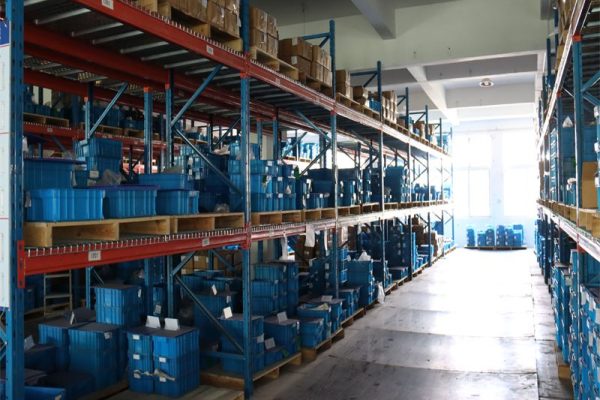
Creating the right environment for storing hydraulic hose fittings is critical to prevent premature degradation and maintain their functionality:
Temperature Control: The storage area should be kept cool to prevent the expansion and contraction of materials that could cause structural weaknesses.
Humidity Regulation: Maintain low humidity levels to prevent moisture accumulation, which can lead to corrosion and other moisture-related damage.
Cleanliness: Ensure the storage environment is free from dirt, grease, and other contaminants that could adhere to the fittings and cause deterioration or operational problems when next used.
Effective Storage Methods
Proper storage methods not only preserve the quality of hydraulic hose fittings but also make it easier to manage your inventory:
Shelving:
Material: Use shelves made of or lined with corrosion-resistant materials, such as stainless steel or coated metals, to avoid any chemical interactions that could cause corrosion.
Arrangement: Arrange the fittings in a way that prevents overcrowding. Adequate space between items allows for better air circulation, which helps in keeping moisture levels down.
Bin Systems:
Labeling: Clearly label bins according to the size and type of fittings. This aids in quickly locating the correct type without unnecessary handling and potential damage.
Material: Choose bins made from non-reactive materials to avoid chemical interactions that might cause damage. Plastic bins are often a good choice for their durability and resistance to many chemicals.
Protective Coverings:
Material Selection: Use coverings made from non-reactive materials, such as silicone or treated fabrics, that do not emit harmful vapors or attract moisture.
Coverage: Ensure each fitting is completely covered to protect against dust, moisture, and other environmental contaminants.
Organization Tips
Efficient organization is key to effective inventory management and can significantly reduce the time spent searching for specific parts:
Categorization: Group fittings by type, size, or application to streamline the retrieval process. This method also reduces the risk of using the wrong part for a specific application.
Accessibility: Arrange commonly used fittings in easily accessible locations. Less frequently used items can be stored in less accessible areas to optimize space.
Inventory Checks: Regularly perform inventory checks to ensure quantities are sufficient and to inspect the condition of stored items. This helps in identifying any issues early and maintaining a reliable stock.
Long-Term Preservation Techniques
Ensuring the longevity and reliability of hydraulic reusable hose fittings requires implementing robust long-term preservation techniques. Here’s how to effectively extend their service life:
Preventative Measures
Taking proactive steps to prevent deterioration is crucial for maintaining the quality of hydraulic hose fittings:
Anti-Corrosion Treatments:
Application: Apply a suitable anti-corrosion treatment to all metal parts of the fittings. Choices vary based on the material but commonly include zinc coatings, anti-rust sprays, or specialized paints that provide a protective barrier against moisture and air.
Selection: Choose treatments that are appropriate for the specific material of the fittings and the environmental conditions they will be stored under.
Moisture Control:
Airtight Storage: Utilize airtight containers to seal out moisture. This is particularly important in environments with fluctuating humidity levels.
Silica Gel Packets: Include silica gel packets inside these containers. These desiccants absorb any residual moisture within the container, drastically reducing the risk of corrosion over time.
Regular Check-Ups
Regular inspections are essential to catch and mitigate potential issues early:
Schedule Inspections: Establish a routine schedule for checking the condition of stored fittings. Depending on the environment and the materials of the fittings, this could range from every few months to annually.
Inspection Focus: Check for signs of corrosion, wear, or any other form of degradation. Ensure that the anti-corrosion treatments and protective measures are still effective.
Documentation: Maintain records of each inspection, noting any changes or degradation observed. This helps track the effectiveness of your storage methods and identify trends that may require adjustments.
Conclusion
Proper storage of reusable hydraulic hose fittings is not just about keeping your workspace organized; it’s about preserving the functionality and reliability of essential components. By following the guidelines outlined in this guide, you can ensure your fittings are protected and ready for action whenever you need them, potentially saving costs and preventing operational delays.


